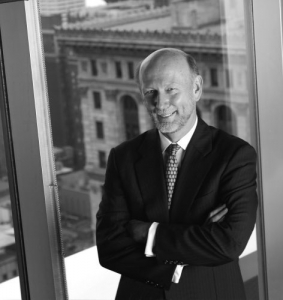 By Mark Laskow, Chair
By Mark Laskow, Chair
Carnegie Hero Fund Commission
Once the Carnegie Hero Fund has identified, investigated, and awarded the Carnegie Medal for a heroic act, it works in many ways to preserve the memory of what was so nobly done.
From the beautiful calligraphy of the great roll of heroes to cloud-based databases to social media, we work every day to preserve the stories of our heroes and introduce those stories to the widest audience possible.
Yet ours is not the only memory of the heroic events, nor is it the most important. The most important and least understood memories of these heroic acts might be the memories held by the heroes themselves.
The Hero Fund is just beginning to understand the power and significance of the heroes’ own memories of their own heroic acts.
This process began at our 2004 centennial celebration, when we gathered as many Carnegie Medal awardees as we could to participate in the event. We arranged for them to be distributed among the dinner tables so that Hero Fund Commission members and our invited guests (civic and governmental leaders) had the chance to meet one or two real, live Carnegie heroes personally.
After dinner members of the Commission and staff talked and reviewed the evening. It emerged that a number of us had heard very similar conversations between the heroes themselves about the strength and persistence of their personal memories of the rescue in which each had been involved. This sometimes manifested itself in references to “the dreams,” recurring, emotionally powerful dreams about their rescues. Since then, when circumstances have permitted,
we have casually asked heroes about this, and it
seems to be common but not universal.
What do we make of this?
First, to the extent these memories of the rescue stress or discomfort our heroes, we should recognize this as part of the peril of their acts, a possible consequence of the rescue that is just as real as the physical harm that they risk and often suffer.
Second, these reactions to the rescues give us insight into the reality of the risks the heroes face in their rescues.
The level of risk is an important factor in the Carnegie Medal award criteria, and it is a subjective factor that the Commission members must struggle with in almost every case. The staff is adept at gathering and verifying evidence of what happened, and I think we Commissioners do a good and conscientious job, but none of us were on scene to see the rescue.
But the heroes were, of course, and their vivid memories confirm the reality of the risks they faced.
Finally, there are conclusions we should not draw from all this. Our impressions of this phenomenon are just that, impressions, not any kind of scientific study. We don’t know the prevalence of this reaction to rescues, and we don’t know the exact nature of the reaction. Certainly, none of us would characterize it as a pathology, since the heroes I’ve met seem to be living normal and productive lives. Some great scientific research on other aspects of heroism is underway with the cooperation of a group of our awardees. This topic might be ripe for research as well.
One question lingers with me after I talk with Carnegie Medal awardees about all this. Are
they reacting to the danger they themselves faced? Or, are they reacting empathetically to the danger faced by those they rescued? Or both? I’m not sure. I do believe, though, that the rescues themselves shape the subsequent lives of our heroes more than the plaudits they receive. This is just one more reason to admire these men and women and to tell and retell their remarkable stories.

